



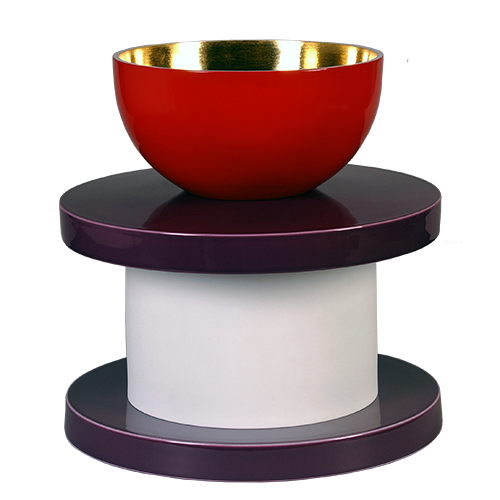

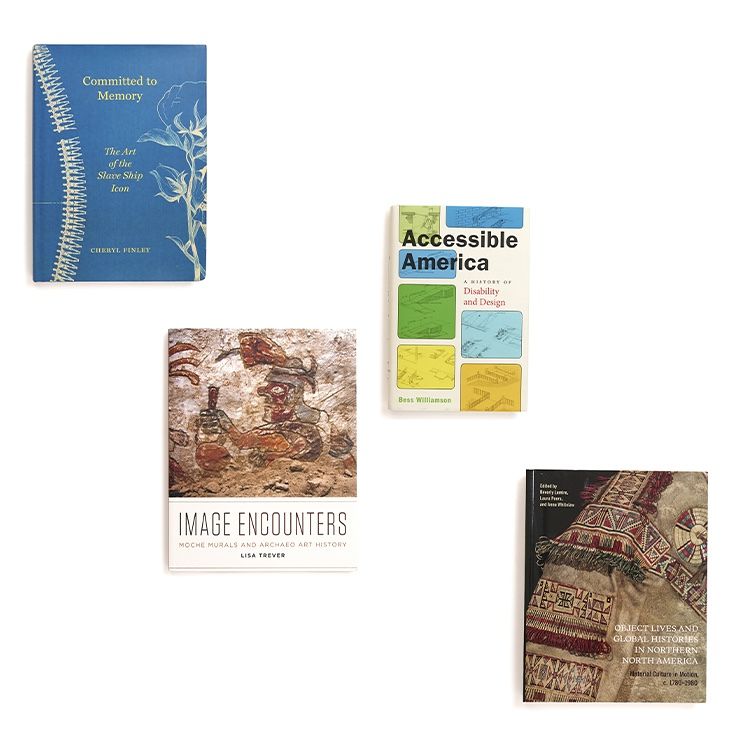

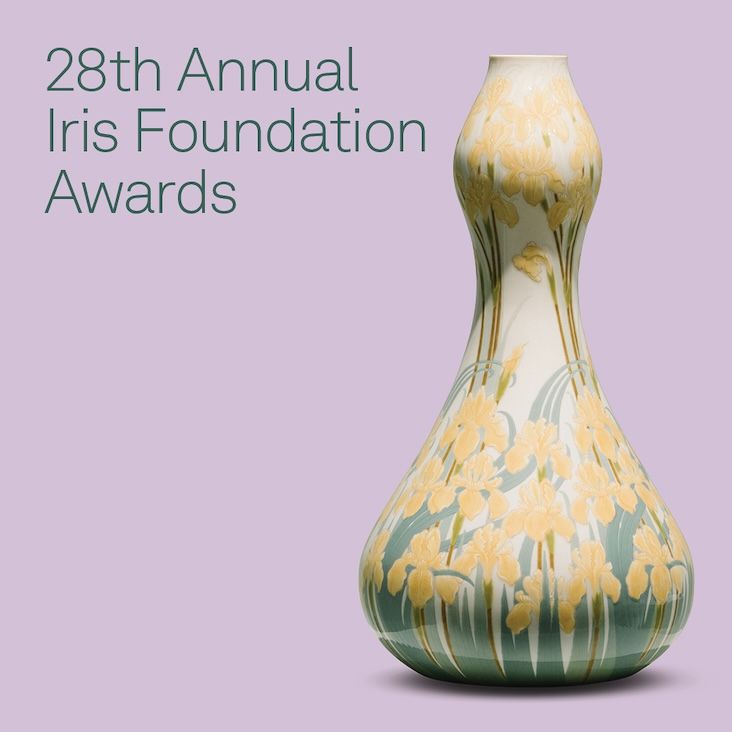

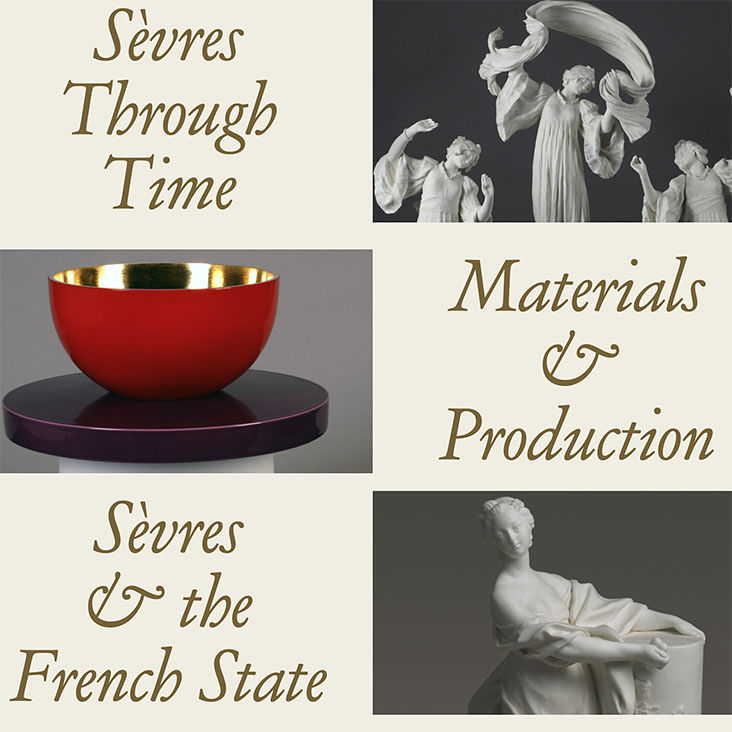
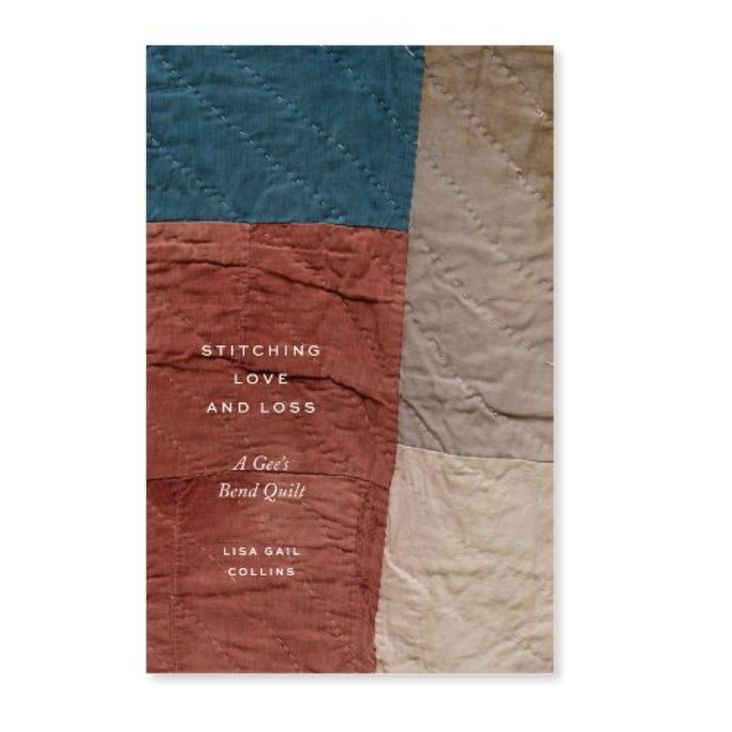

38 West 86th St.
New York, NY 10024
212.501.3000
admissions@bgc.bard.edu
18 West 86th St.
New York, NY 10024
212.501.3023
gallery@bgc.bard.edu
BGC Gallery is currently closed.
38 West 86th St.
New York, NY 10024
212.501.3000
admissions@bgc.bard.edu
18 West 86th St.
New York, NY 10024
212.501.3023
gallery@bgc.bard.edu
BGC Gallery is currently closed.
The Light Switch and Everyday Life
Sandy Isenstadt
University of Delaware
December 3, 2014
6:00 – 8:00 pm
Sandy Isenstadt will be coming to speak at the Modern Design History Seminar on Wednesday, December 3, 2014, at the Bard Graduate Center in New York City. His talk is entitled “Turned on by a Touch: The Light Switch and Everyday Life.”
One of the most visually startling and personally empowering actions at the start of the twentieth century was to switch on an electric light. To do so was to suggest, however inchoately, a realm where anyone ruled like a god, capable of suddenly willing worlds into presence with nothing more than an outstretched finger. While the national grid is well recognized as an engineering landmark, electricity’s ready availability “at the touch of a button” brought a particle of drama into ordinary households, however much it eventually descended into plain convenience. The switch—whether toggle or dial, binary, incremental or continuously variable—an amalgam of technology and cultural practice and the interface between an individual and a force of nature, is central to the story of electric lighting and, at the same time, easy to overlook.
Sandy Isenstadt is Professor of Art History at the University of Delaware, where he is also the Director of the Center for Material Culture Studies. He received his BA in Architecture from Washington University in St. Louis, his Master of Architecture from the Massachusetts Institute of Technology, and his PhD in History, Theory, and Criticism of Architecture from the Massachusetts Institute of Technology. Prior to his appointment at University of Delaware, Isenstadt was Assistant Professor at Yale University (2002-2009) and University of Kentucky (1998-2001), and a practicing architect. In 2009-2010, he was a member of the School of Historical Studies at the Institute for Advanced Study in Princeton, New Jersey. Isenstadt’s research and publications have focused on post-World War II reformulations of modernism by émigré architects, such as Richard Neutra, Josep Lluis Sert, and Henry Klumb; visual polemics in the urban proposals of Leon Krier and Rem Koolhaas; and histories of American refrigerators, picture windows, landscape views, and real estate appraisal. His first book, The Modern American House: Spaciousness and Middle-Class Identity (New York and London: Cambridge University Press, 2006), describes the visual enhancement of spaciousness in the architectural, interior, and landscape design of American domestic architecture. Modernism and the Middle East: Politics of the Built Environment, co-editor, Kishwar Rizvi (Seattle: University of Washington Press, 2008), is the first book-length treatment of modern architecture in the Middle East. Isenstadt is co-editor, with Margaret Maile Petty and Dietrich Neumann, of Cities of Light: Two Centuries of Urban Illumination (forthcoming from Routledge, February 2015). Current projects include “Electric Modernism,” a study of the cultural reception of electric lighting, and “The Rise and Fall of Modern Shopping,” which focuses on the spatial infrastructure of shopping as it changed from the Renaissance through today.
38 West 86th St.
New York, NY 10024
212.501.3000
admissions@bgc.bard.edu
18 West 86th St.
New York, NY 10024
212.501.3023
gallery@bgc.bard.edu
BGC Gallery is currently closed.
